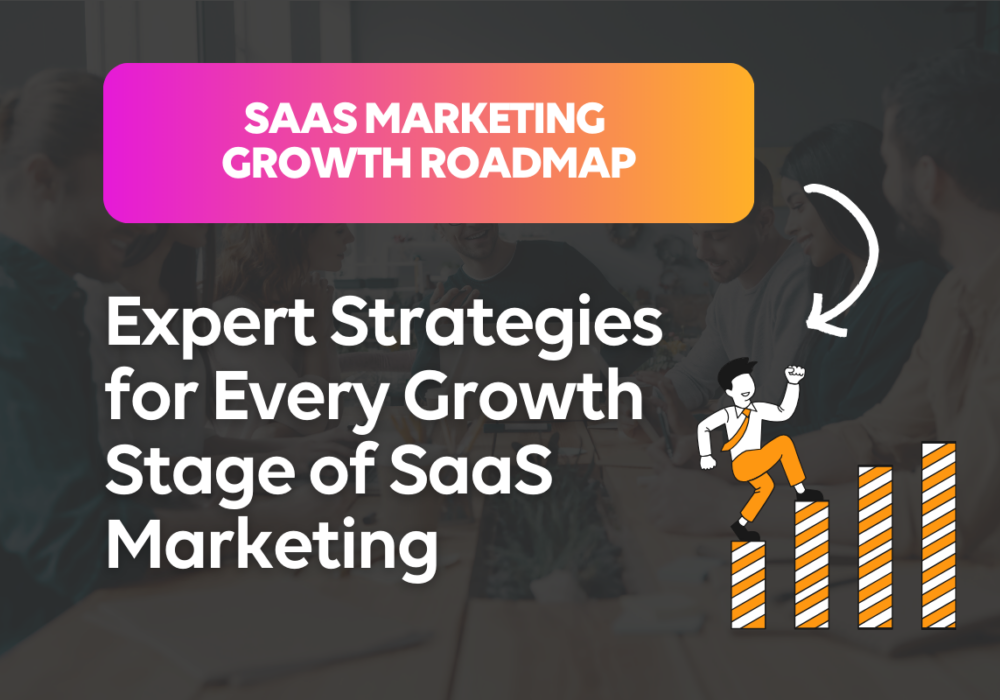How to do a competitor analysis for your SaaS business
11th March 2019

With the SaaS landscape now more competitive than at any time, there has never been a greater need for your software business to standout. Read on to find out how to do your own SaaS competitor analysis.
Some SaaS businesses will just ignore their competitors and get on with what they’re best at; however, others will want to really understand the SaaS competitive landscape so they can formulate a plan to help them succeed.
But how do you achieve cut-through in crowded noisy marketplaces?
Just like a yellow cow with pink spots would stand out in a field of more conventionally coloured steers, there is a real need for companies, products and businesses to be noticed in the marketplace.
What we are really talking about here is differentiation. Your SaaS company needs to stand out from its competitors.
A SaaS competitive analysis is an invaluable exercise; but it is not about putting ticks in boxes. Understanding the outputs of a competitive analysis helps to shape effective strategic thinking.
Whether it is the product roadmap, building partnerships or marketing, understanding the shape of the market and the positioning of the players is pivotal. Competitor analysis is used by successful companies in every sphere of business and commerce to help them build winning strategies and profitable ventures.
Here are some research topics and analytics approaches that form the core of a competent competitor analysis.
Researching the marketplace
- Segment your competitors – identify:
- Direct competitors – those that do the same as you
- Indirect competitors – those who may do what you do but aren’t directly positioned as that (for example if you have timesheet software an HR system with a timesheet module may be a competitor)
- Legacy – those with a manual approach (e.g. Excel, paper) which will be disrupted by software automation (if that’s part of what you do)
- Review each competitor website – note any important aspects
- Google them – see what the search results say and the hits tell you
- Review social – see what they are doing on Twitter, LinkedIn, Facebook, etc.
- Use review sites like Trustpilot, G2Crowd, Capterra – see the positives and negative through reviews of customers
- Use marketing tools – ascertain SEO/PPC activities and obtain their website stats
- Adopt a ‘secret shopper’ approach – sign up for free trials (where available); look at onboarding, wizards and so on.
Visualising your analysis
It is a good idea to give the findings a graphical treatment by putting them into a chart. Plot the market positioning of competitors along with your own on an x,y graph. Think about where you are now, and where you see things at some reasonable time leap forward into the future.
Not all findings lend themselves to a graphical treatment. So set written summaries and conclusions out in tables which are easier to compare than long prose documents. Key information points to include are strengths, weaknesses and areas where you are better, to see where you have the advantage.
Some final thoughts
Try to avoid being overly analytical – you should only spend so much time reviewing. It is easy to become a little too obsessed with the competition!
Resist temptations to closely copy what competitors do, or you’re likely to run the risk of being seen as a ‘me too’ business. It is also advisable to look beyond the confines of your market or industry for inspiration and try to be a leader, not a follower.
Ultimately, the subject of competitor analysis and the differentiation of companies, products and services is all about carving out a strong brand and using it as shorthand that conveys your values as a business.
Need help with your competitive analysis?
Of course, you may be too busy or simply don’t have an aptitude for marketing or creating a positioning analysis of the competitive landscape around your SaaS product. Hundreds of SaaS companies have outsourced their marketing to us, including brand matters, competitive analysis, marketing strategy and content creation. Find out why. Get in touch, we’ll be glad to help.





